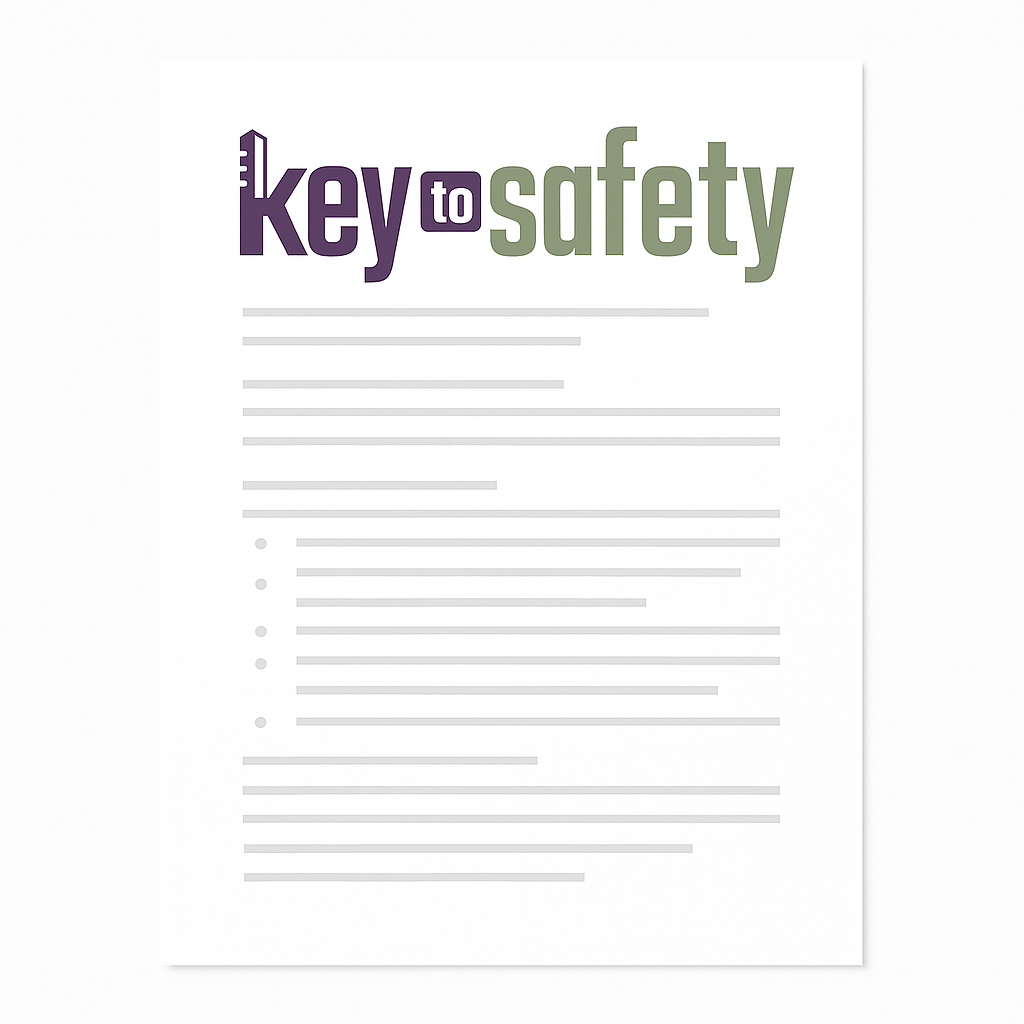Codes of Practice are formal documents that provide practical guidance on how to meet health and safety standards and comply with regulatory requirements. They outline recommended best practices, procedures, and responsibilities for managing specific workplace hazards or tasks. While not legally binding on their own, Codes of Practice are recognized by regulatory bodies and can be used as evidence of due diligence in the event of an inspection or investigation.






Safe Work Practices (SWPs) are clearly written guidelines designed to help workers perform specific tasks safely and efficiently. Each SWP outlines the correct methods, necessary precautions, required personal protective equipment (PPE), and steps to reduce risk and prevent injuries. These practices are based on industry standards, hazard assessments, and OHS legislation to ensure the highest level of workplace safety.






Policies provide clear guidance on everyday workplace expectations. These policies may include topics like employee conduct, hours of work, use of equipment, and respectful communication.
Formal Hazard Assessments are detailed, structured evaluations of individual positions used to identify potential hazards in the workplace. These assessments examine specific job duties, tasks, and work environments to determine where risks may exist and what controls are needed to reduce or eliminate them. The process helps ensure that hazards are addressed before work begins and that safety measures are in place to protect workers.
Have a question or need assistance finding the right service or information? Our team is happy to assist.
"*" indicates required fields